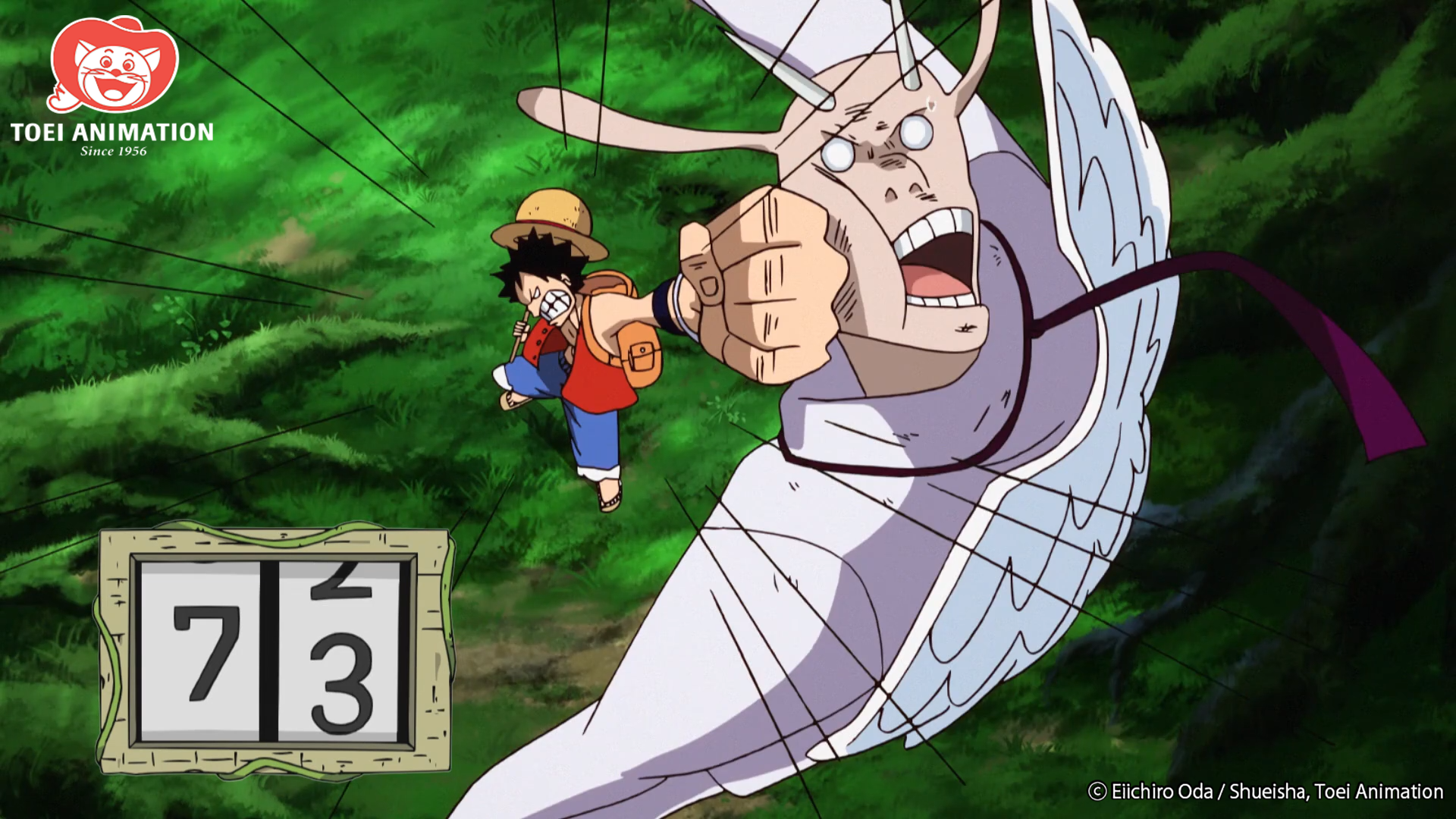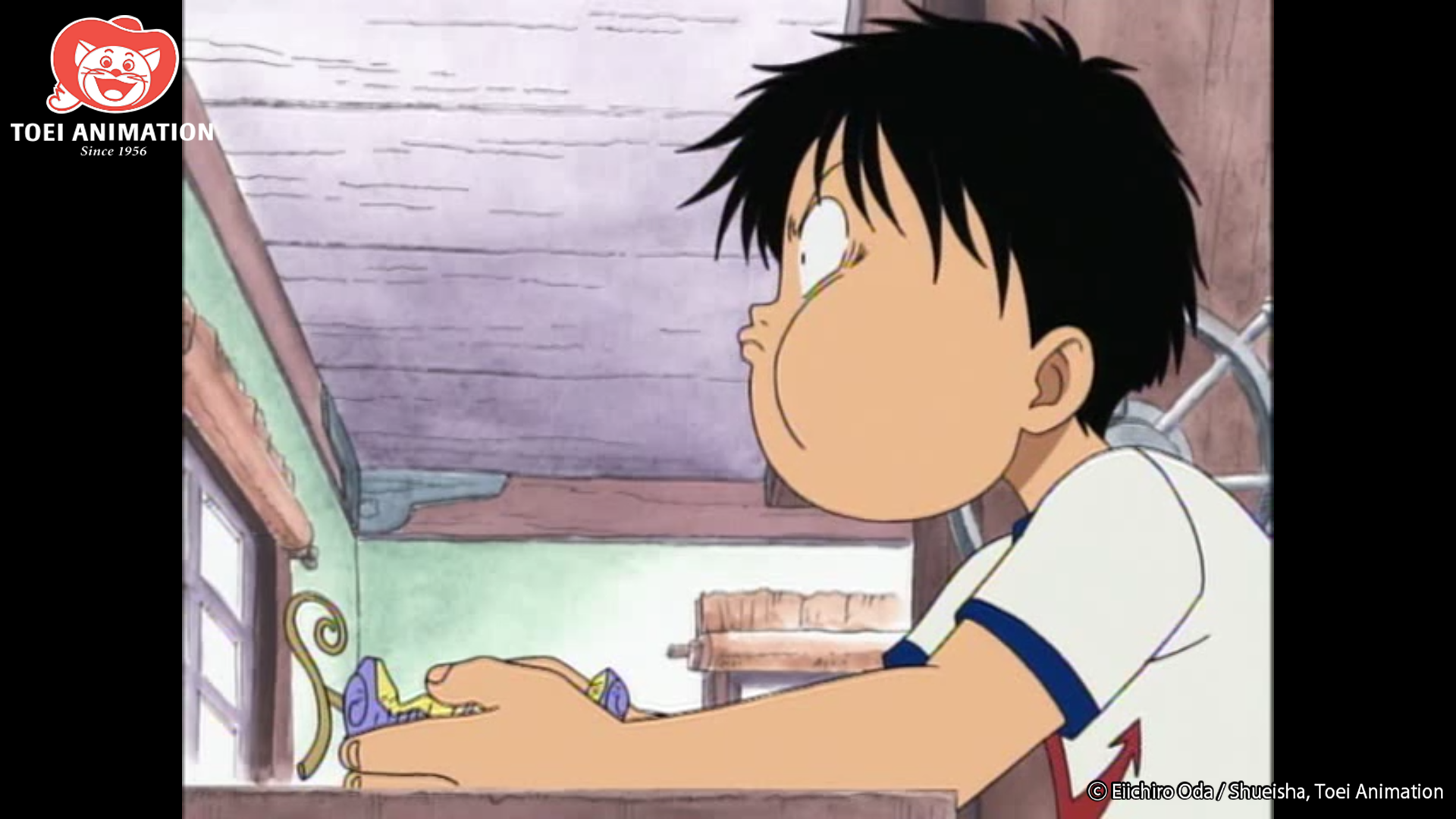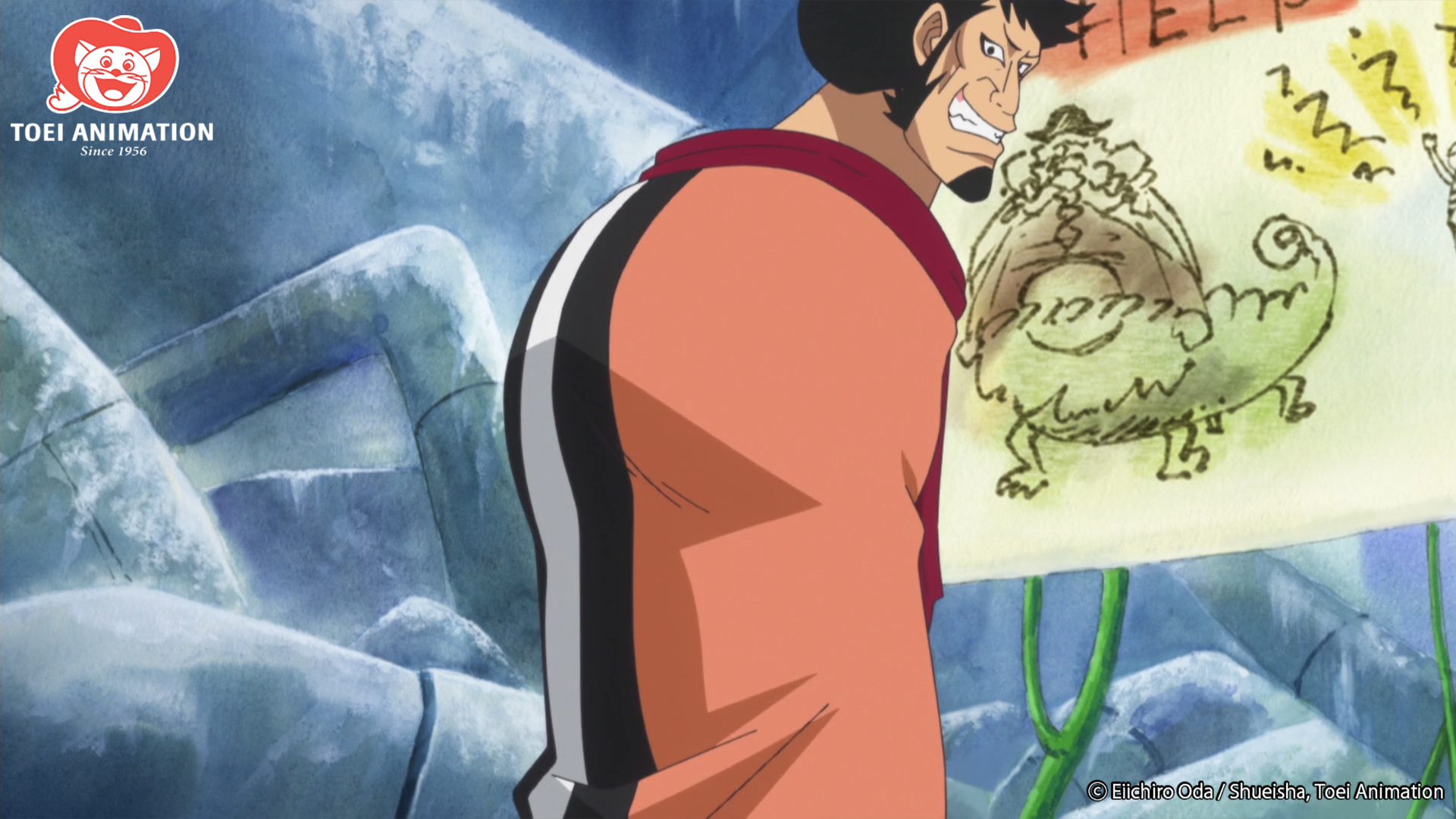#FEATURE: We Used Math to Guess the Next Straw Hat Pirate

“#FEATURE: We Used Math to Guess the Next Straw Hat Pirate”

A lot of the plot of One Piece is centered around numbers. The characters’ strength is measured by how much money they have on their heads. Then you have the Seven Warlords of the Sea and the Four Emperors. There’s even a number in the title of the story! But the most important numbers in all of One Piece might actually be the ones you have to dig a little deeper to find. Like, say, in the names of the Devil Fruits. Perhaps the reason they are hidden is because they may just be hinting at who will join the Straw Hat pirate crew next. This will first require a very quick Japanese language lesson.
In Japan, numbers can be pronounced two ways: the native Japanese way and the Sino-Japanese way. The latter is basically the approximate Japanese pronunciation of Chinese words for numbers from the time they were first introduced in the country many centuries ago. A lot of them have diverged significantly over the years and don’t sound similar at all now but, for example, the number 3 is still “san” in both Chinese and the Sino-Japanese reading. Here’s the full pronunciation list for numbers 1 to 10:
| Number | Japanese Reading | Sino-Japanese Reading |
| 1 | hito(tsu) | ichi |
| 2 | futa(tsu) | ni |
| 3 | mi(ttsu) | san |
| 4 | yo(ttsu), yon | shi |
| 5 | itsu(tsu) | go |
| 6 | mu(ttsu) | roku |
| 7 | nana(tsu) | shichi |
| 8 | ya(ttsu) | hachi |
| 9 | kokono(tsu) | kyuu, ku |
| 10 | to | ju |

What’s interesting is that the Sino-Japanese system is actually more widely used in modern Japan. The native system is still around, of course, and you can use it to count to whatever number you like, but you almost never hear it used by Japanese speakers to talk about a number above 10 (with a few exceptions.) But that’s not important right now. What’s important is that Japan loves using the Japanese and Sino-Japanese readings of numbers for wordplay.
It works like this: in modern Japanese, the numbers can be read by their full or partial name — as in, you can read, say, 6 as “roku,” “ro,” “muttsu” or “mu” — so you can string together a bunch of numbers to form words and phrases. Japan does it all the time. It’s not as frequently-used now but back in the day, a popular cell phone/internet messenger message was "4649" because, by mixing the Japanese and Sino-Japanese systems, you can read that number as yo(4)-ro(6)-shi(4)-ku(9) or yoroshiku, a common Japanese greeting. You can have A LOT of fun with this. And it kind of looks like Eiichiro Oda did.
This theory has been floating around the Japanese internet for a while now. It goes like this: if you look at the Japanese names of Devil Fruits among the Straw Hat crew, you realize that they all sound like readings of numbers. Observe:
Luffy: Gomu Gomu no Mi. Go(5)mu(6). 5 and 6.
Chopper: Hito Hito no Mi. Hi(1)to(10). 1 and 10.
Robin: Hana Hana no Mi. Ha(8)na(7). 8 and 7.
Brook: Yomi Yomi no Mi. Yo(4)mi(3). 4 and 3.

At first glance, this might all seem like a huge stretch but consider the following: No number in the names of the Straw Hat Devil Fruits is repeated, and not every Devil Fruit in One Piece sounds like a number. You can’t really get a number from Ace’s Mera Mera fruit or Kurozumi Orochi’s Hebi Hebi fruit, or Whitebeard’s Gura Gura fruit. To be clear, all those names (which are based on Japanese onomatopoeia) totally mean something on their own but the ones eaten by the Straw Hats also seem to have non-repeating numerical readings. It all just seems too perfect to be a coincidence. It sounds more like something Oda planned out from the get-go to hint at the next member of the crew.
If the Straw Hats ever get a new nakama and they are a Devil Fruit user, then the name of their fruit will need to sound like numbers not used by the current crewmembers. There are only two left: 2 and 9. Given the syllable-syllable structure of Devil Fruit names and depending on how the numbers are arranged and read, this gives us 12 possible readings:
Fuko Fuko
Fuku Fuku
Fukyu Fukyu
Niku Niku
Nikyu Nikyu
Niko Niko
Kofu Kofu
Kufu Kufu
Kyufu Kyufu
Kuni Kuni
Kyuni Kyuni
Koni Koni

A lot of these would actually work as Devil Fruit names — especially Niko Niko (which sounds like the Japanese onomatopoeia for smiling. More importantly, though, two of those possible names already exist in the One Piece universe: the Nikyu Nikyu (Paw-Paw) fruit eaten by Bartholomew Kuma and the Fuku Fuku (Garb-Garb) fruit eaten by Kin’emon. And that’s why we think one of them will end up joining the Straw Hat crew in the future! Personally, our money is on Kin’emon because his clothes-based powers would give Eiichiro Oda an excuse to put his characters into different costumes more often, but it could also be Kuma. We’ll have to wait and see.
If you’re still not convinced, consider this: if you take all the individual digits in the Straw Hat Devil Fruit names in the order they appear, express them as numbers (so, for example, “Gomu” would become 56) and add them all together, including the potential new one, then it’d look like this:
56 + 110 + 87 + 43 + 29 = 325

What does the number 325 have to do with anything? Well, it could be read as “Sa-ni-go,” which is what the Straw Hats call their ship, Thousand Sunny, for short in Japanese. Again, it could be a coincidence but … could it, though? Could it really?
Who do you think will be the next Straw Hat crewmember? Do you think there really is a code hidden in the Devil Fruit names? Share your theories in the comment section!
Cezary writes words on the internet. You should follow him on Twitter.
Do you love writing? Do you love anime? If you have an idea for a features story, pitch it to Crunchyroll Features!
If you liked the article, do not forget to share it with your friends. Follow us on Google News too, click on the star and choose us from your favorites.
For forums sites go to Forum.BuradaBiliyorum.Com
If you want to read more anime-manga articles, you can visit our anime-manga category.




